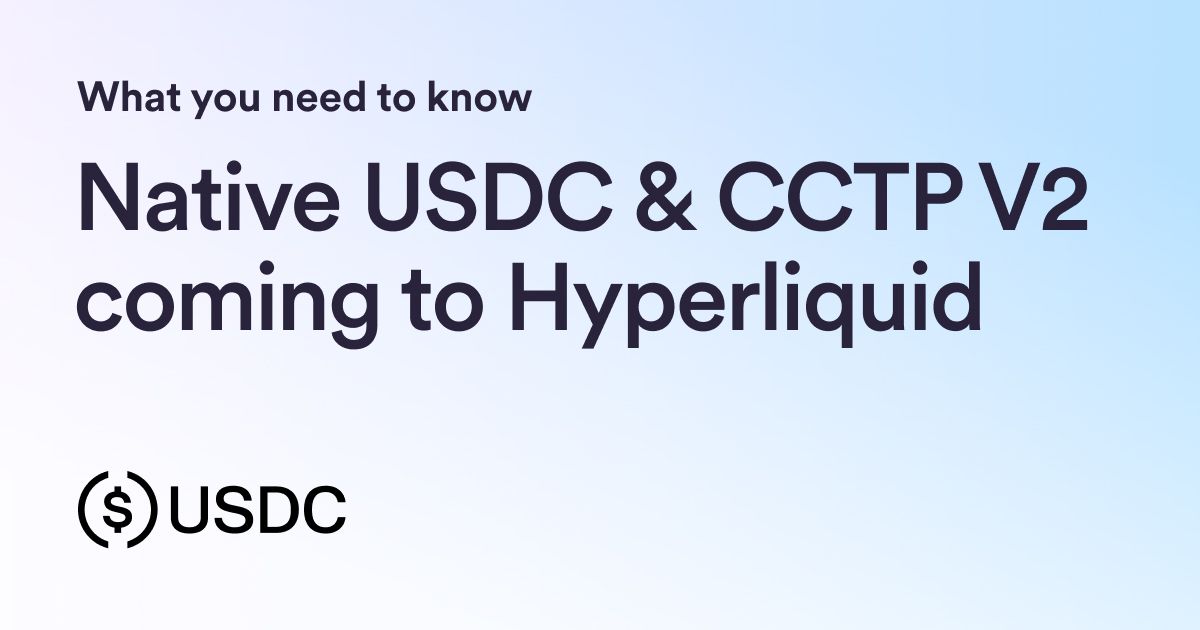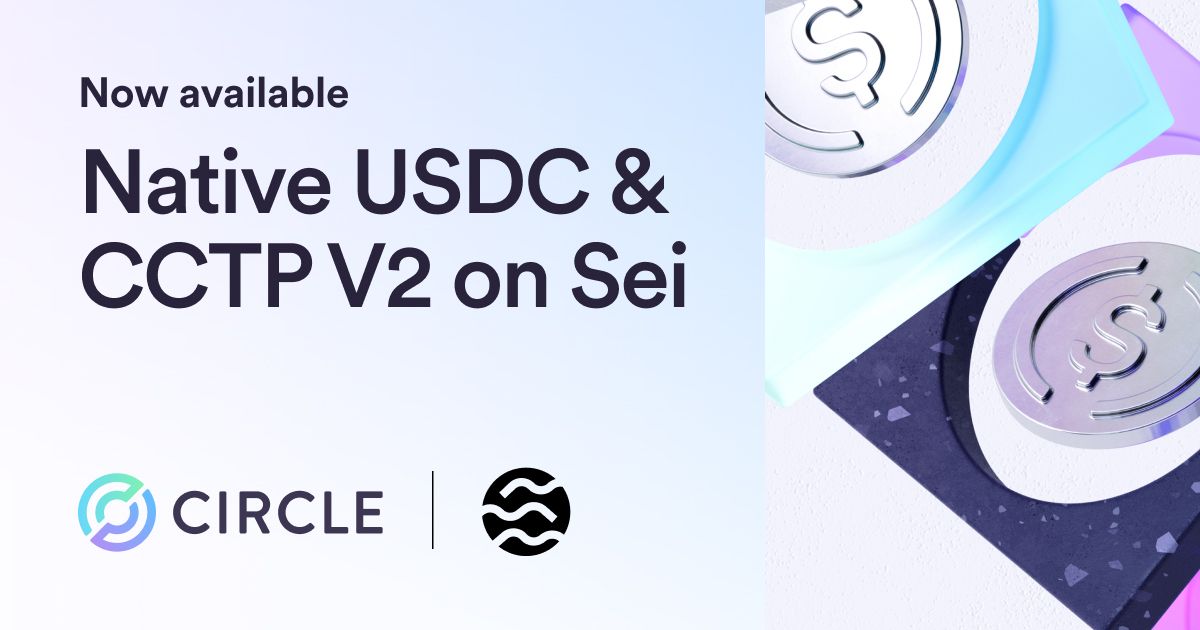Circle is proud to announce that we’re now supporting USDC on Polygon on Circle’s platform. Read how you can start transacting with USDC on Polygon today!

We’re proud to announce support for USDC on Polygon on Circle's platform! Starting today, Circle customers can deposit and withdraw USDC on Polygon using the Circle Account and Circle APIs, no manual bridging required.

USDC on Polygon offers fast and efficient transactions, typically at a fraction of the cost of sending USDC on the Ethereum network. Known as a ‘layer 2’ scaling solution, Polygon is designed to run decentralized applications (dApps) built for Ethereum, enabling developers to easily scale their dApps to run on faster, more efficient infrastructure and unlock access to Web3 commerce, decentralized finance (DeFi), NFTs and more for a broad set of new users. As of May 2022, Polygon already hosts more than 19,000 dApps and over 2.7 million monthly active wallets1.
With Circle Account support for USDC on Polygon, businesses can now easily accept payments from one of the largest user bases in Web3, easily make payouts in USDC on Polygon, or off-ramp to fiat currency as desired2.
Developers building on Circle APIs will be able to more easily automate flows from fiat into USDC on Polygon, a key feature for many emerging DeFi, payments, and NFT application use cases.
‘Bridged’ USDC on Polygon
With this announcement, Circle is supporting the existing, widely used USDC on Polygon within the Circle Account and Circle APIs. USDC on Polygon is a ‘bridged’ version of USDC, which is created when the ‘native’ version of USDC on Ethereum is bridged to the Polygon network via the Polygon Bridge. A bridge connects two blockchains and enables users to bring digital assets from one chain to the other. Specifically, the Polygon Bridge exists to bring digital assets from Ethereum, such as USDC, over to Polygon.
How it works in the Circle Account
For businesses that want fast and efficient access to USDC on Polygon, the Circle Account abstracts away the costly and time-consuming process of bridging USDC from Ethereum to Polygon manually via the Polygon Bridge. Instead, businesses can now convert fiat currency to USDC on Polygon in seconds with the Circle Account, and convert back to fiat currency the same way2.
Institutional traders, exchanges, businesses, and developers can access USDC on Polygon within the Circle Account and Circle APIs for a variety of use cases:
- Trading on leading exchanges like Binance
- Swapping, borrowing and lending on DeFi protocols like Aave and Uniswap
- Accepting payments for NFT marketplaces and gaming platforms
- Making programmatic payouts in seconds to users around the world
Seamless cross-chain swapping in the Circle Account means it's also easier than ever to swap USDC on Polygon for native USDC across eight other supported blockchains. Supporting USDC on Polygon on Circle’s products will help businesses and developers expand access to digital assets for millions of users worldwide, and we’re thrilled to help make it easier than ever to send, spend, save and exchange value with USDC on Polygon.
Get started with a Circle Account today.
USDC on Polygon is a 'bridged' version of USDC. Please refer to the Bridged USDC Terms and the updated version of the Circle Account User Agreement for more information.
1 Polygon.technology and polygon.technology/ecosystem. (last accessed May 23, 2022 10:07 AM PST)
2 As a bridged version of USDC, USDC on Polygon is not directly redeemable for U.S. dollars; it must be ‘unbridged’ to be redeemed for U.S. dollars. When a Circle Account customer requests a withdrawal of U.S. dollars, Circle will automate the process of unbridging USDC on Polygon back to USDC on Ethereum, and redeem USDC on Ethereum for U.S. dollars. This unbridging and redemption process is abstracted away from the customer and comes at no additional cost.


.jpg)

